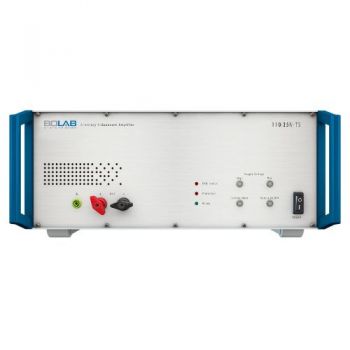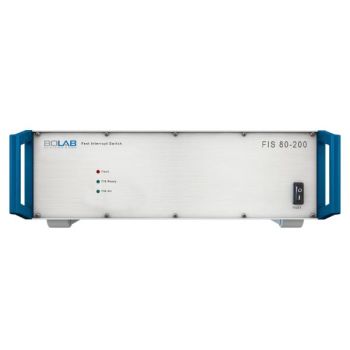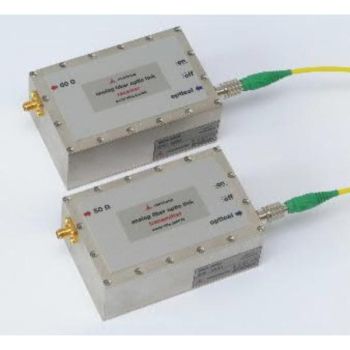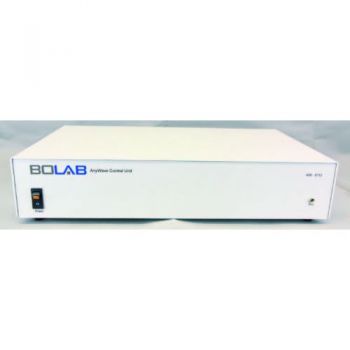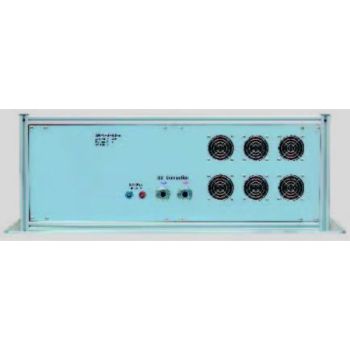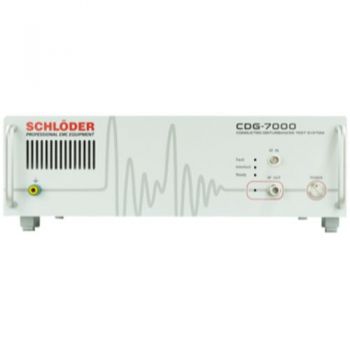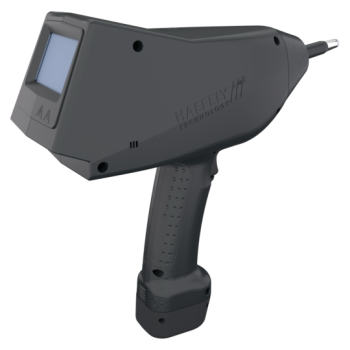Prechecking Your EMC Test Setup
Prechecking Your EMC Test Setup
Reducing Your Transient Test Verification Time
By Jason H. Smith
Absolute EMC
A high-quality testing protocol requires verification of the test setup each time it is used. As the name suggests, verifications make sure the equipment is connected and functioning before a test begins. A routine/daily verification does not require a full calibration of the equipment. However, many times test labs assume verification requires the same setup as during calibration, making it very costly and time-consuming. The equipment needed is expensive, and the setup time can increase the total test time extensively. Since it does take time, many may skip this step altogether, increasing the probability of faulty testing and reducing quality even further. There always should be a pre-check of all setups. A quick, low-cost solution is beneficial in increasing testing quality. The need for better daily verifications is needed.
A quicker "go/no-go" verification can save enormous amounts of time and resources. Which ultimately saves money. The transient standards below have requirements that require the pulses/immunity levels to be verified accurately to prove it adheres to the standard. These equipment and procedures are what must be followed to ensure the pulses/levels are correct. Once this is done in calibration or periodically in the lab, the simpler "go/no-go" setup can be used. If an out of tolerance is found with these tests normally, it is an equipment failure. Pulses do not drift or slowly become noncompliant. It is a significant change, component failure.
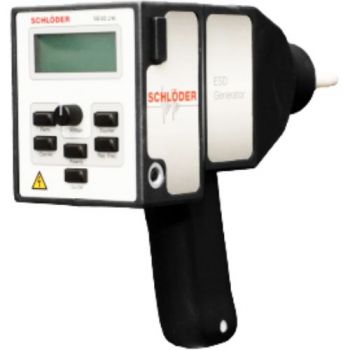 IEC 61000-4-2 Electrostatic Discharge (ESD)
IEC 61000-4-2 Electrostatic Discharge (ESD)
Full Calibration/Verification requires ESD target and high-frequency (2-4 GHz) expensive high-end scope. Having the ability to verify the instrument quickly that everything is functioning is possible without using this costly setup. The SESD 216, SESD 230, and SESD 30000 all have integrated an extensive system check protocol that can be run when starting up the ESD simulator. The multi-point check checks the major functions of the simulator; any hardware out of tolerance will be flagged. This requires no additional test equipment and is done in a few seconds. This would not replace the periodic full verification but can be used for everyday checks throughout the day. For self-certification and where accreditation is not required, this system check can be used to improve the quality system.
 IEC 61000-4-4 Electrical Fast Transients (EFT)
IEC 61000-4-4 Electrical Fast Transients (EFT)
Full Calibration/Verification requires special loads (50Ω & 1kΩ), adaptors, and a high-frequency (500 MHz) scope. The use of a low-cost accessory, Trans-Sence, that measures the output burst returning an average value can be compared & tracked to previous measurements. A change over the calibration period would demonstrate a non-conformance, and further investigation is required.

IEC 61000-4-5 Lightning Surge, Combination wave
Full Calibration/Verification requires a differential probe, current monitoring clamp, and a high-frequency (200 MHz) scope. The use of a low-cost accessory, Surge-Sence, that measures the output surge returning an average value based on amplitude and duration, which is compared & tracked to previous measurements. A change over the calibration period would demonstrate a non-conformance, and further investigation is required.
IEC 61000-4-11 Voltage Dips&interruptions
Full Calibration/Verification requires a differential probe and a high-frequency (200 MHz) scope. The use of a low-cost accessory, VDips-Sense, that measures the output voltage drop returning and duration, which is compared & tracked to previous measurements. A change over the calibration period would demonstrate a non-conformance, and further investigation is required.
These "go/no-go" methods do not replace the full verification/calibration method but can be used more often with far fewer setup requirements for quick and easy checks. Therefore, high-end O'scopes can be used for other applications in the lab and only need to be pulled out if further investigation is needed. This makes testing much easier and quicker on a daily basis while still maintaining a high level of quality in the lab. Maintaining a sound quality system is a mandatory requirement in today's lab.

